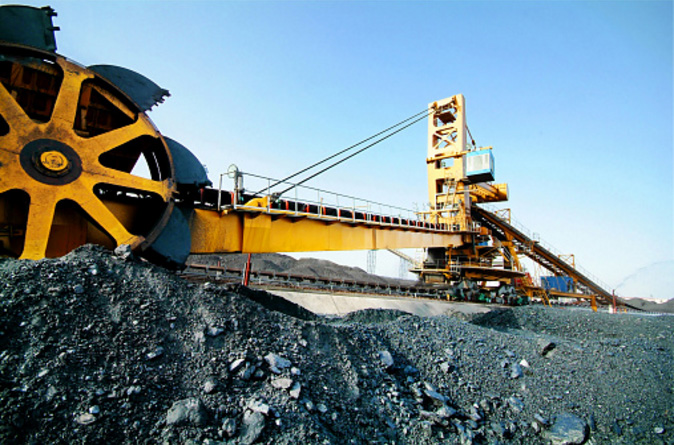
The transition to a low-carbon energy system has picked up pace over the last few years. Global investment in renewables and clean energy technologies is growing, while gains in energy efficiency are being made. With the signing of the Paris Agreement, this progress looks set to continue.
That said, the momentum has yet to manifest significantly in the global energy mix. The share of world energy generated from low-carbon primary sources has climbed by just a single percentage point in the last 15 years from 14 per cent to 15 per cent, according to Mike Thomas and Leo Lester from the Lantau Group, an energy consultancy in Hong Kong.
In an opinion piece for Nikkei Asian Review, Thomas and Lester cited Southeast Asia as an indicator of how renewables have failed to provide a meaningful replacement to coal. Based on IEA’s Medium-Term Coal Market Report 2015, coal will be the single largest energy source in the region as its energy demand increases by 80 per cent in the period to 2040.
Find out more here on how Southeast Asia could achieve successful decarbonisation, without impeding its efforts to enhance quality of life, move people out of poverty, create educational and commercial opportunities, and become more connected to the rest of the world.
By : Nikkei Asian Review